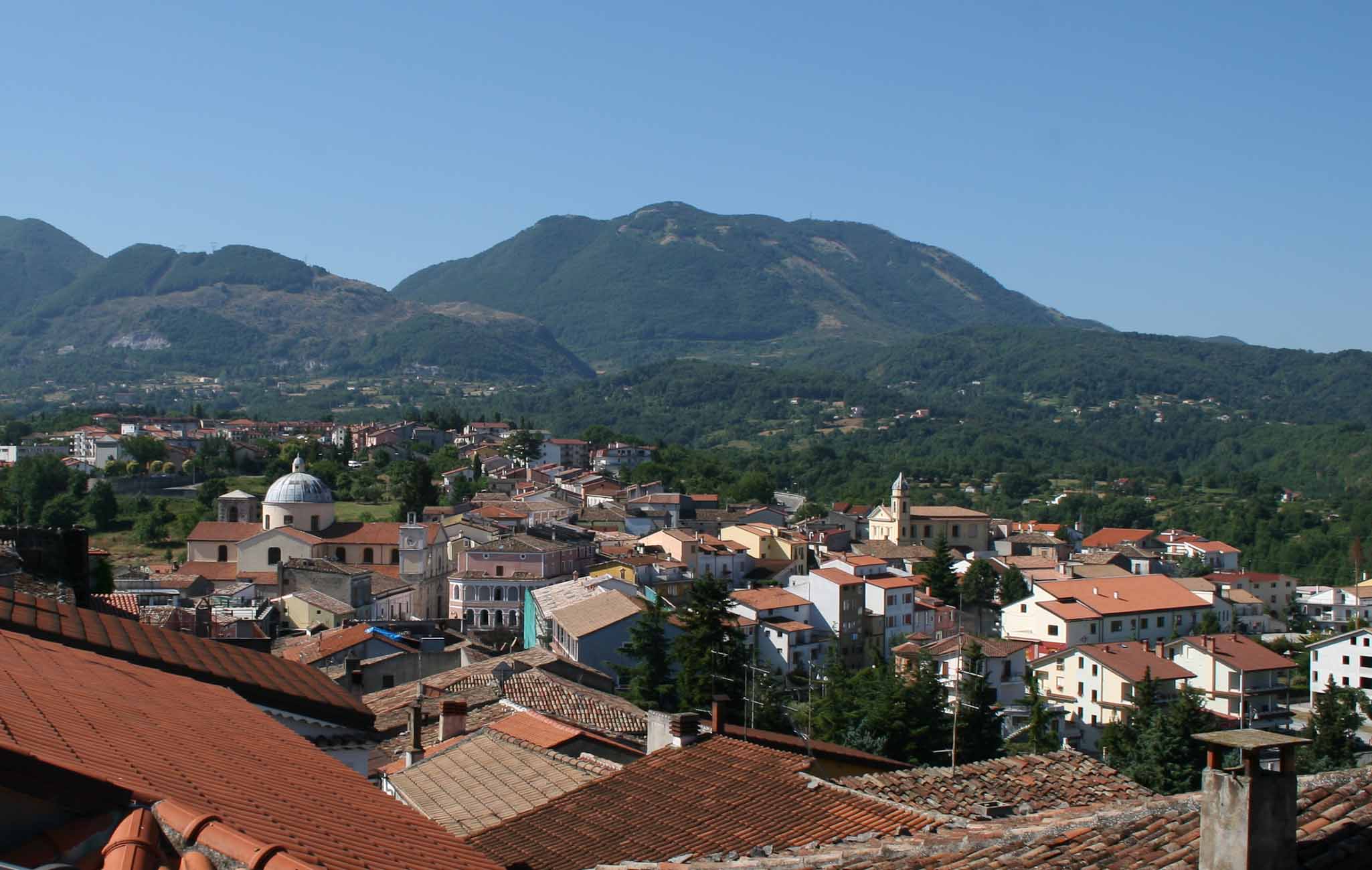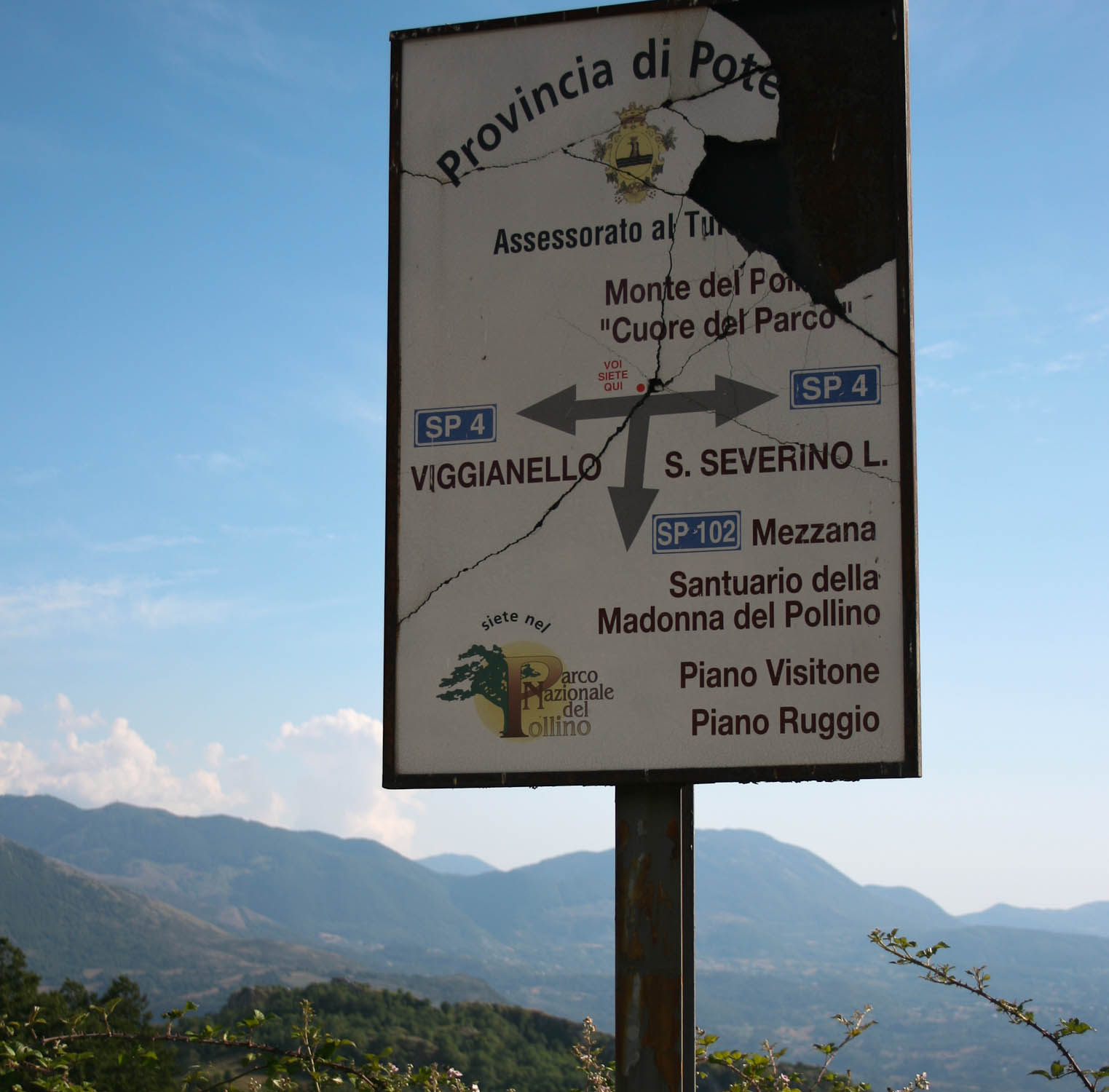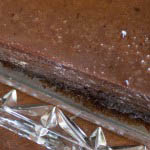10 good reasons to visit
Pollino National Park
in Basilicata
Few tourists find their way to the Pollino National Park in Basilicata and Calabria. A great pity considering the interesting sights and attractions. Here are 10 good reasons for visiting the area.
Booking.com
The Pollino National Park qualifies as the largest natural park in Italy with a total area of 1 820 square kilometres. in close competition with the national parks in Abruzzo. The landscape is scarred by deep gullies. There are dramatic rivers, secluded lakes and shady woodlands with kites and eagles circling overhead. Along with some very charming towns and villages, where ancient traditions and rites are still observed.
1. Albanian communities
The villages San Paolo and San Constantino Albanese are home to an Albanian community who came to Lucania between the 15th and the 17th century. They still have their own language and customs that include a bright colourful dress for women, particular food and elaborate Easter rites.

The landscape between Rotonda to Papasidero varies between farmland, high mountains and deep forests.
2. The reign of outlaws
A century ago, this area then known as Lucania was controlled by outlaw gangs, highway robbers and other ‘brigante’ bandits. One of the legendary bandits was Antonio Franco, and it is said that the treasures he accumulated never have been found, so keep your eyes open if you hike along the Via del Brigante around the Pollino Mountain.
3. Forests like Sweden
To reach mountain tops in 2 267 metres altitude, you pass through forest of beech and silver fir that makes to think you have fallen asleep and woken up in Sweden. These areas are difficult to navigate and a local expert guide is required.
4. Grand artificial lake
For some reason the artificial lake Lago di Monte Cotugno always makes me think of ‘Tintin and the Lake of Sharks’. It has the same colours and deserted quality, even though it is supposed to be great fishing waters.

Shop selling peppers from Senise along with squash flowers and dried origano.
5. IGP Peppers from Senise
Nearby Senise is particularly famous for the local Senise peppers called ‘zafarani’. They have received igp recognition and are served in innumerable different versions as for example marmalade and crisps.
6. Sculpturesque pine trees
In Terranova you have to see the Bosnian pine that has become the symbol of the park. These hardy trees that can grown at an altitude of up to 2 500 metres sometimes have a nicely sculptured crown not unlike a fully grown bonsai.
7. Love of bagpipes
I almost didn’t believe my ears and eyes the first time I saw (and heard) a man playing bagpipe on a street corner in Rotonda, but bagpipes are ingrained in the Pollino dna. And unlike the vain Scottish bagpipes, these instruments make it clear what they are and where they came from. Often the legs of the poor goat are still dangling beneath the inflated stomach. .

View of Rotonda seen from the church on top of the hill.
8. Follow in Garibaldi’s footsteps
Apart from the bagpipes, the red aubergines and a nice restaurant, Rotonda is famous for being the only town in Basilicata where Giuseppe Garibaldi has actually spent a night. This happened on 2. September 1860 on a brief stopover before moving on to conquer Naples.
9. River cruises
If you want to experience the area from a different perspective seek out one of the river cruises departing from Papasidero and Laino Borgo. In summer varying levels and duration are offered including white-water rafting, canyoning and kayaking. We drove around looking for the stations for 2-3 hours for one morning without getting there, so use a gps to make sure you know exactly where you are going, if you plan this adventure.
10. The birth of a saint
Spiritual travellers might like to visit the hamlet Castronuovo, where Saint Andrew Avellino patron saint of Sicily and Naples was born in 1608. There’s a small chapel in the house where he was born and where people go to worship the great crusader of chastity. Saint Andrew was severely wounded when trying to reform and restore discipline at a convent in Naples. He was beatified only 16 years after his death.

The heart of Pollino National Park i somewhere between Viggianello and San Severino Lucana
This post was last updated in May 2018
Trackbacks & Pingbacks
-
[…] Few tourists find their way to Pollino – on of the large national parks Italy. A great pity considering the interesting sights and attractions. Here are 10 good reasons for visiting the area between Calabria and Basilicata.Pollino qualifies as the largest natural park in Italy with a total area of 1820 square kilometres. The landscape is scared by deep gullies. There are dramatic rivers, secluded lakes and shady woodlands with kites and eagles circling overhead. Along with some very charming towns and villages where ancient traditions and rites are still observed.The villages San Paolo and San Constantino Albanese are home to an Albanian community who came to Lucania between the 15th and the 17th century. They still have their own language and customs that include a bright colourful dress for women, particular food and elaborate Easter rites.A century ago, this area then known as Lucania was controlled by outlaw gangs, highway robbers and other ‘brigante’ bandits. One of the legendary bandits was Antonio Franco, and it is said that the treasures he accumulated never have been found, so keep your eyes open if you hike along the Via del Brigante around the Pollino Mountain.To reach the mountain tops in 2267 metres altitude, you pass through forest of beech and silver fir that makes to think you have fallen asleep and woken up in Sweden. These areas a difficult to navigate and a local expert guide is required.For some reason the artificial lake Lago di Monte Cotugno always makes me think of ‘Tintin and the Lake of Sharks’. It has the same colours and deserted quality, even though it is supposed to be great fishing waters.Nearby Senise is particularly famous for the local chilli peppers called ‘zafarani’. They have received igp recognition and are served in innumerable different versions as for example marmalade and crisps.Read More […]
-
[…] National parks Italy: 10 good reasons to visit Pollino in Basilicata. […]
-
[…] See on italiannotes.com […]
Leave a Reply
Want to join the discussion?Feel free to contribute!
Leave a Reply Cancel reply
This site uses Akismet to reduce spam. Learn how your comment data is processed.




I love National Parks so a visit to Pollino would be a highlight for me. The landscape and trees you described all sound so interesting. How awesome to hear bagpipes in a small Italian town.
I like national parks a lot too. And Pollino is a nicely understated and unspoilt.
I was especially intrigued to learn about the old Albanian community that retains its language. Love little cultural pockets like that.
Me too. And luckily there are a quite a number of these pockets around.
I’m not so sure I’d be able to enjoy one of those nice restaurants if there was a guy playing bagpipes with goat legs standing nearby. Although I’ll confess that until now, I’d never given much thought to where bagpipes come from.
Sometimes ignorance is bliss.
How cool it would be to actually find something Antonio Franco hid? Then it can be displayed in a museum.
Yes, you could turn the walk into a treasure hunt.
Italy is full of so many places to visit – this is another one to add to my ever-growing list! Thanks for sharing for Wanderlust Wednesdays!
My pleasure:)